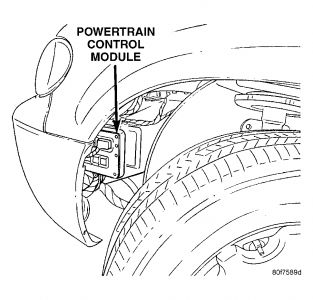You folks need to start new questions specific to your vehicle. The original question was followed with a followup comment. That makes it show up on our list as having received a reply already, so none of the experts are going to see your additions or have a chance to reply. That won't get you the help you need. Unlike other sites where anyone can post a reply, here it becomes a private conversation between two people. When a reply is indicated, the other experts rarely intrude into the conversation unless asked to. They WILL see your new question as waiting for a response.
What I CAN share are a few comments of value that might get you started. Be aware diagnostic fault codes never say to replace a part or that one is bad. They only indicate the circuit or system that needs further diagnosis, or the unacceptable operating condition. When a part is referenced in a fault code, it is only the cause of that code about half of the time. You also have to look for wiring and connector terminal problems. In the original post, codes 107 and 108 can individually be caused by a failed MAP sensor, but when the two opposite codes are set, a cut or grounded wire are much better suspects. Add to that the finding of 0 ohms to ground, although that finding wasn't described clearly, indicates the signal wire to the MAP sensor is shorted to ground. That's why the codes came back after replacing the sensor.
The next concern has to do with the failure of the engine to stay running unless the accelerator is held down. That is real common on Chrysler products after the battery is disconnected, and in fact, a fault code referring to that was listed. The Engine Computer needs to relearn a lot of data after the battery is reconnected. Most of that occurs while you're driving without you even noticing, ... Except for "minimum throttle". Until that is relearned, the Engine Computer will not know when it has to be in control of idle speed. The engine may not start unless the accelerator pedal is held down 1/4", you won't get the nice idle flare-up to 1500 rpm at start-up, and it will tend to stall when coming to a stop.
To meet the conditions for the relearn to take place, drive at highway speed with the engine warmed up, then coast for at least seven seconds without touching the pedals.
To address the original concern, a lot of detail was missing, but the fluttering or surging could describe another real common problem. In fact, I've been living with it on my '94 Grand Voyager because I'm too lazy to fix it. The first detail that was left out is this occurs around 35 to 45 mph. It will not be felt at other speeds. It also only occurs when in third or fourth gears and when cruising at a fairly steady speed, and only once the engine is warmed up. The shudder is caused by using the wrong transmission fluid. At around 40 mph, the torque converter locks up for better fuel mileage, (a Chrysler innovation in the mid '70s). At the lower speeds, it starts with a partial lockup to reduce the potential harshness of the engagement. Instead of the slippage gradually and smoothly changing to locking, total lockup occurs because the lack of special additives causes the clutch to grab too hard, then it pops loose, grabs again, and it continues as a shudder.
To verify if this is what you're feeling, when the problem occurs, hold the accelerator pedal perfectly steady, then lightly tap the brake pedal with your left foot. That is a signal for the torque converter to unlock. It will relock in two or three seconds, but you will feel the shudder stop for those few seconds. You will also feel the engine speed up by 200 rpm, and if you have a tachometer in the instrument cluster, you'll see the speed increase too.
When you post your own question, PLEASE list the engine size, transmission type, and mileage. We need to know the engine size when answering engine running problems and when looking up wiring diagrams. The engines are different and have very different parts and circuits for some of the electrical systems. We make a lot of judgment calls based on the mileage when figuring out the best and least likely suspects to look for.
Saturday, December 26th, 2020 AT 11:07 AM
(Merged)














